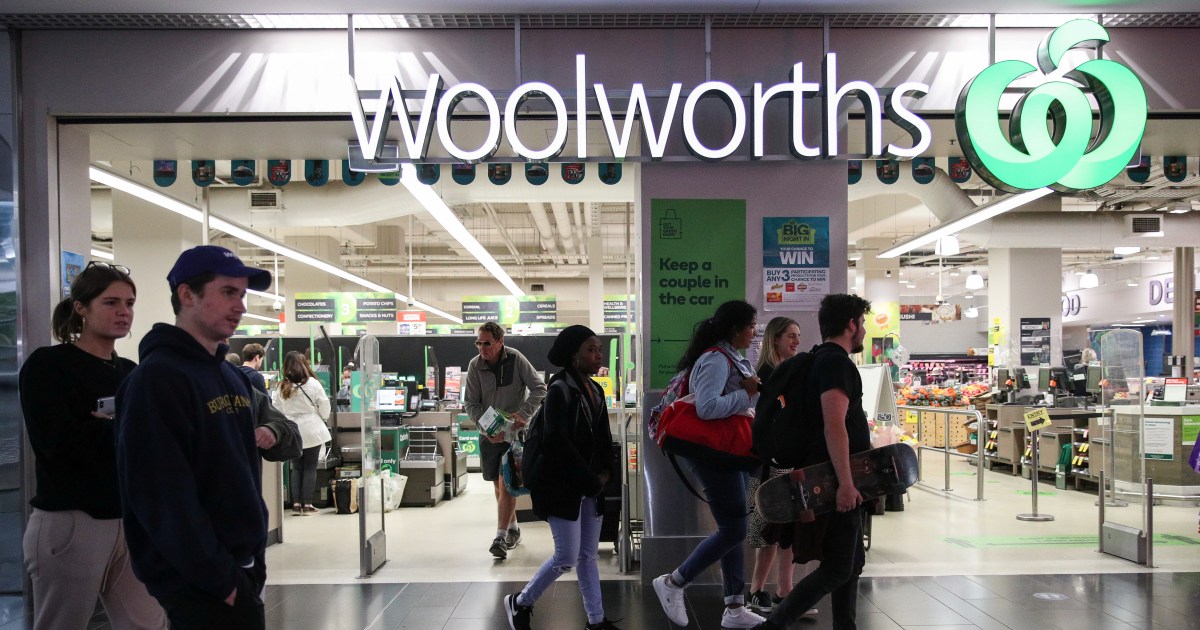Violators of industry code of conduct to be subject to fines of up to 10 percent of annual turnover.
Australia will impose hefty fines on supermarket chains found to be abusing their bargaining power over suppliers.
Under the rules announced by the government on Monday, supermarket chains earning more than 5 billion Australian dollars ($3.3bn) in annual revenue will be required to comply with a previously voluntary industry code of conduct.
The changes will cover Woolworths, Coles, Aldi and Metcash, which together make up more than 80 percent of the market, and could expand to retailers such as Costco as their revenues grow.
Breaches of the code will be subject to fines of up to 10 percent of annual turnover, leaving retailers liable to pay billions of dollars in penalties.
The government said it would also establish an anonymous supplier and whistle‑blower complaints mechanism within the Australian Competition and Consumer Commission.
“This is about getting a fair go for families and a fair go for farmers. Our efforts will help to ensure our supermarkets are as competitive as they can be so Australians get the best prices possible,” Treasurer Jim Chalmers said on Monday in a joint statement with the assistant competition minister, Andrew Leigh, and the agriculture minister, Murray Watt.
“We’re cracking down on anti‑competitive behaviour in the supermarkets sector so people get fairer prices at the checkout,” the statement said.
The changes come after a report by Craig Emerson, a former competition minister, found that the previous code failed to address the “imbalance of bargaining power” between supermarkets and their suppliers.
In his report, Emerson said suppliers reported fearing retaliation by supermarkets if they complained and that an effective code needed a “credible threat of effective enforcement and not be undermined by the threat of signatories walking away from their commitments”.
Australia has one of the most concentrated grocery markets in the world.
Woolworths and Coles, the largest and second-largest players, together account for about two-thirds of all sales.
Research released by the consumer group Choice last week found that there was less than a one dollar price difference between the two chains when comparing a typical basket of groceries.

